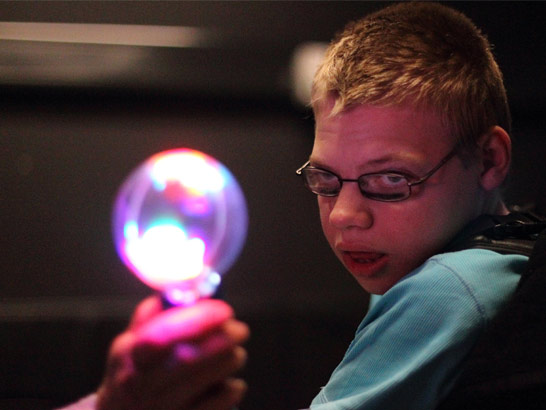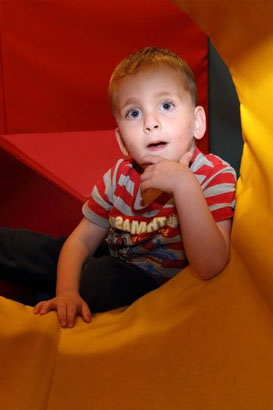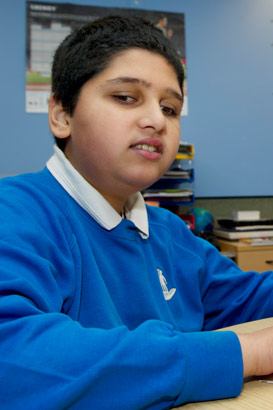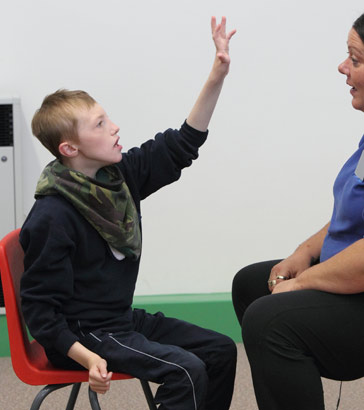
Perceptual development relates to the way in which children develop the ability to make sense of what they see, hear, smell, taste and feel in the world around them.

A significant part of our brain is devoted to visual information (eg different areas are linked to recognition of faces
and objects, movement, colour, depth, etc).
Vision gives us information about our environment from a distance (to use taste, touch and smell we need to be close to the
source).
There are two separate brain systems for processing visual information – one giving feedback about what an object is,
and the other about where it is located.
(Farroni and Menon, 2008)

The vision of newborn children is immature. From birth to three months, they have:
- Poor ability to focus their eyes;
- Limited ability to tell different colours apart;
- A limited area of vision.
Different visual areas of the brain become active at different points in a child's development. This affects how babies see.
Look at the developmental milestones for visual development.
(Farroni and Menon, 2008)

Learn about the developmental needs of children with a visual impairment. Explore the early years resources on the Royal National Institute for the Blind (RNIB) and Early Support websites. Design a PowerPoint presentation to share key information with others in your setting.

The auditory system serves three main functions: identifying and locating objects, perceiving music [eg pitch, fine temporal differences], and understanding language. All of these rely on efficient processing of basic sound features.
Trainor, 2010
Parents and professionals can support children's auditory development by providing an environment that is safe from strong
or continuous noises and a lot of child-directed interactive speech and music, especially singing. Background speech or music
does not help language development.
(Trainor, 2010)

A hearing impairment can be easily missed without systematic screening. Even an infant who has a significant hearing impairment
can startle to sound, laugh, and babble. With intervention, language outcomes can be similar to those of children without
hearing impairment (Wilks et al, 2010).
For more information about hearing impairment and the developmental needs of hearing impaired children, read the resources
at the following websites:
language difficulties

Adults should actively search for shared moments of attention with infants. The duration of eye contact is determined by the child or infant and it depends on the infant's age starting from just a few seconds.
Trainor, 2010
Children who have speech and language difficulties need a quiet background when listening to speech. Shared attention and eye contact is important for speech learning.
processing difficulties

While some children have impairments in one or more senses, others may have difficulties in the area of sensory processing.
Explore the following websites:
Create an information sheet for your setting, based upon what you have found out.

Farroni, T. and Menon, E. (2008) Visual perception and early brain development. In: R.E. Tremblay, R.G. Barr, R. DeV. Peters and M. Boivin (eds) Encyclopedia on Early Childhood Development (online). Montreal, Quebec: Centre of Excellence for Early Childhood Development.
Trainor, L.J. (2010) Using electroencephalography (EEG) to measure maturation of auditory cortex in infants: Processing pitch, duration and sound location. In: R.E. Tremblay, R.G. Barr, R. DeV. Peters and M. Boivin (eds) Encyclopedia on Early Childhood Development (online). Montreal, Quebec: Centre of Excellence for Early Childhood Development.